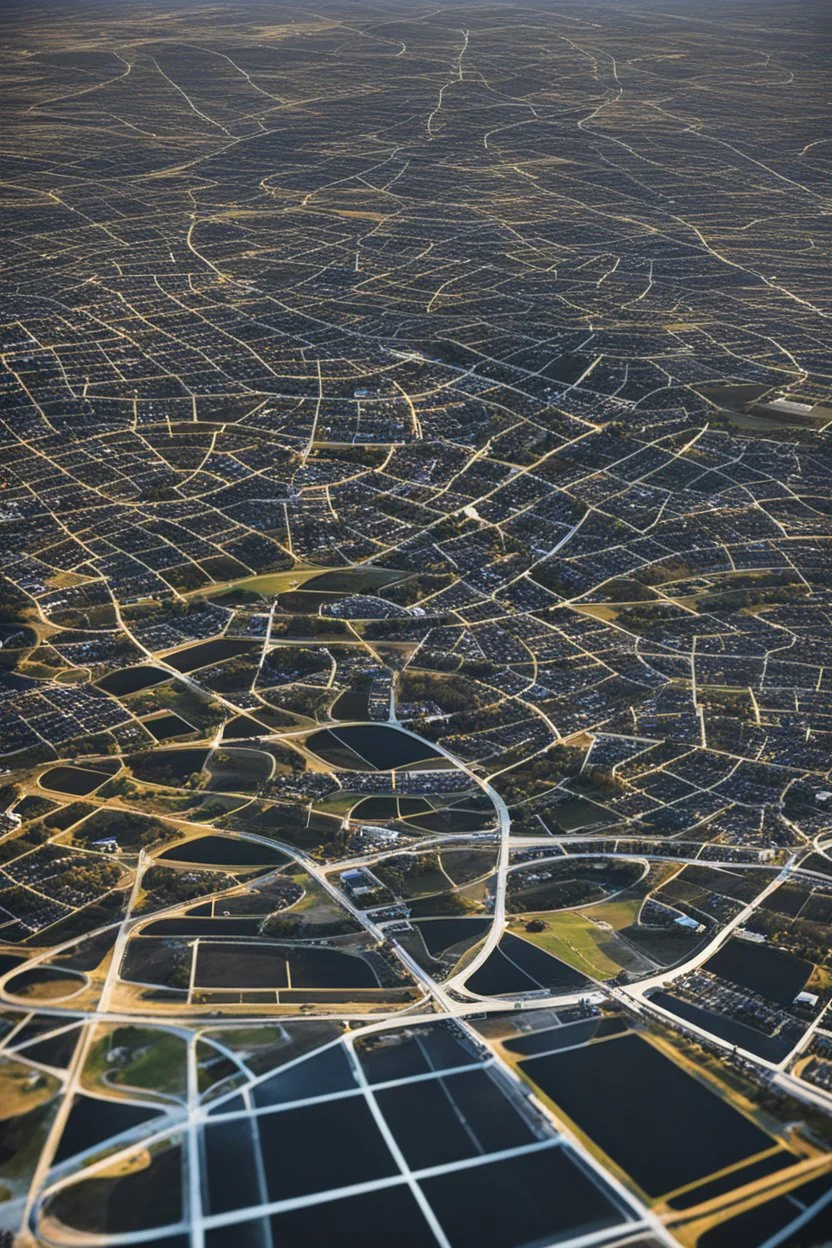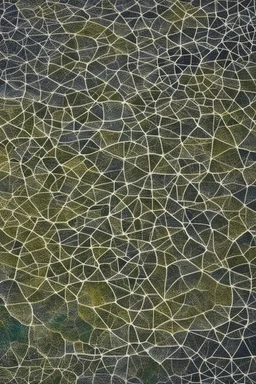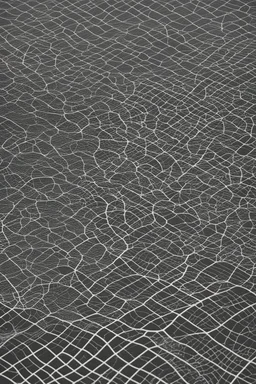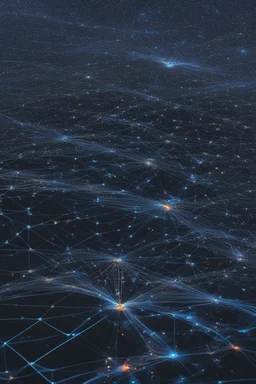

@generalpha
Prompt
At a local level, the modulus of continuity allows us to quantify the rate at which a function or sequence can change its values within a small interval. It tells us how much the function can deviate within a specific neighborhood, providing insights into its local behavior and fluctuations. On the other hand, when we consider the global perspective, the modulus of continuity provides information about the overall behavior of the function or sequence across a larger domain. It reveals how the fu
doubles, twins, entangled fingers, Worst Quality, ugly, ugly face, watermarks, undetailed, unrealistic, double limbs, worst hands, worst body, Disfigured, double, twin, dialog, book, multiple fingers, deformed, deformity, ugliness, poorly drawn face, extra_limb, extra limbs, bad hands, wrong hands, poorly drawn hands, messy drawing, cropped head, bad anatomy, lowres, extra digit, fewer digit, worst quality, low quality, jpeg artifacts, watermark, missing fingers, cropped, poorly drawn
2 years ago
Model
SSD-1B
Guidance Scale
7
Dimensions
832 × 1248







![So, my fellow seekers of mathematical truth, let us don our mathematical finery and embrace the duality of global and local. With the modulus of continuity as our guide, we shall unravel the secrets hidden within the curves and functions. With each step, we shall uncover the delicate balance between the minute details and the sweeping vistas, all while basking in the radiance of mathematical style.[Liwa Dunes] .The interplay between the local and the global is a mathematical elegance. The loca](https://img.stablecog.com/insecure/256w/aHR0cHM6Ly9iLnN0YWJsZWNvZy5jb20vNzc4N2JkOGUtNzY5Zi00MzRlLTkyZmItOTVlY2I0YjU0ZGE0LmpwZWc.webp)



